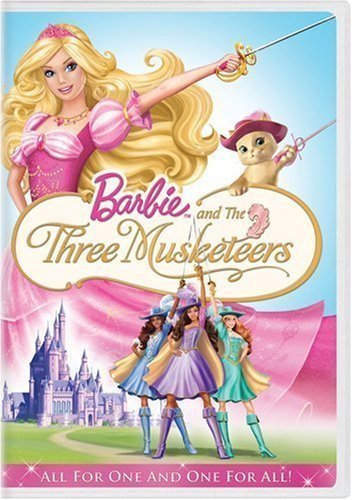Crossposted at Jezebel.
Sarah Barnes, who blogs at Uplift, expressed surprise at seeing the ad below in Grazia magazine:
She found herself surprised, she explains, because it took a minute for it to sink in that the dolls weren’t real people…
She explains:
In a time when everything is photoshopped to such disastrous levels, there really isn’t that much difference between a Ralph Lauren advert using a real model and an ASOS ad using Barbies. When fashion just has to be seen on ‘perfect’ women, we are becoming used to seeing a Barbie-like cookie cutter version of what women look like in our magazines.
So, this is why I screamed. Because, for a second there, I thought the Barbies were real women.
Do they freak you out a bit?
Lisa Wade, PhD is an Associate Professor at Tulane University. She is the author of American Hookup, a book about college sexual culture; a textbook about gender; and a forthcoming introductory text: Terrible Magnificent Sociology. You can follow her on Twitter and Instagram.











